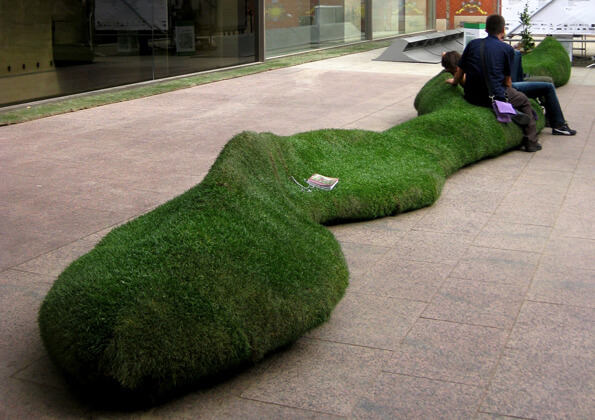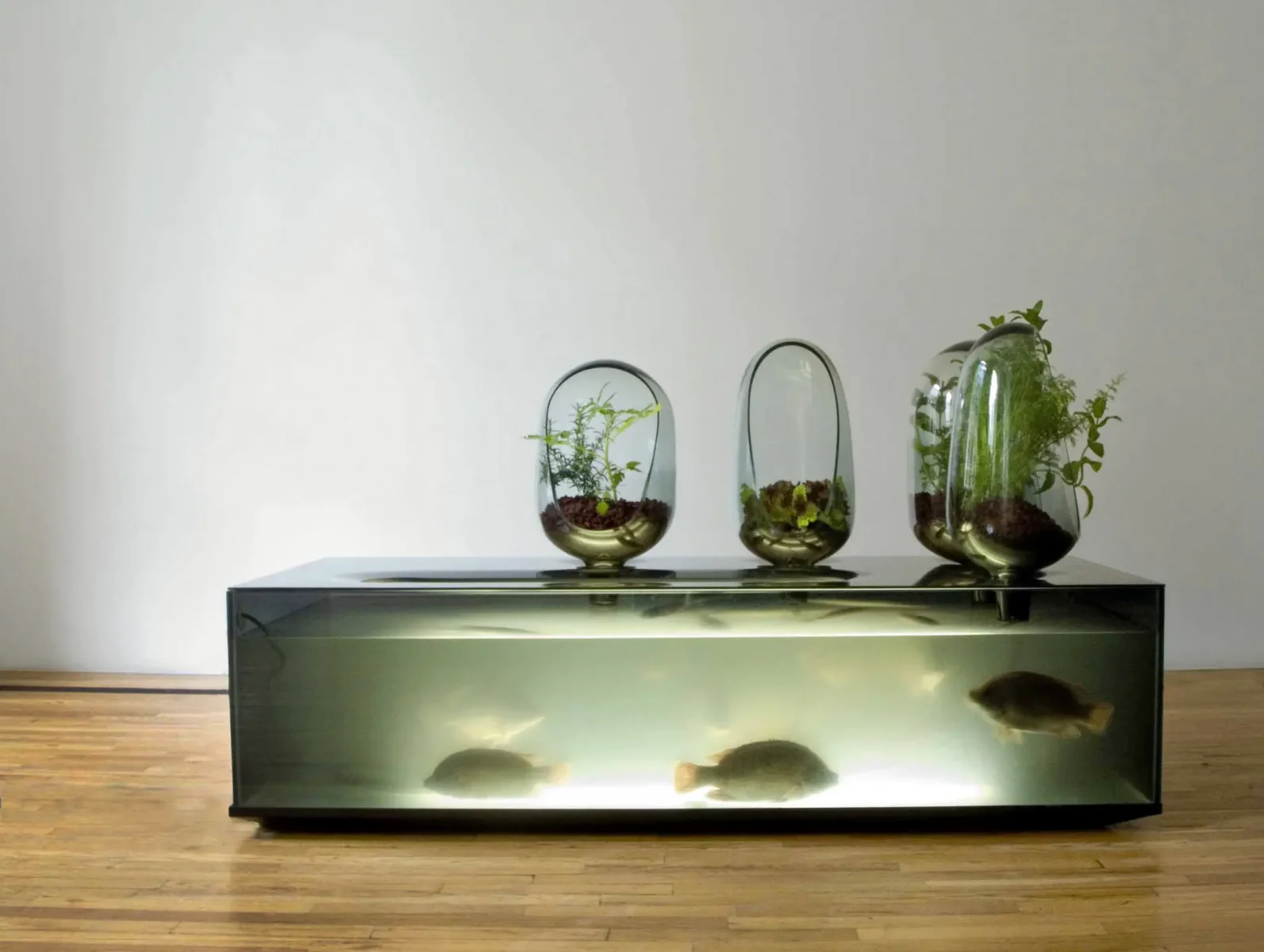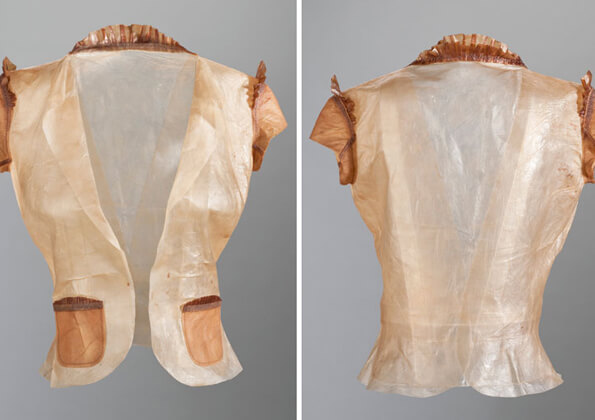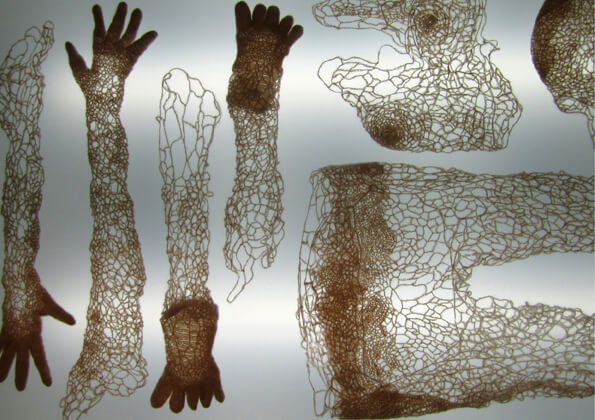Text by CLOT Magazine

American writer, curator and design historian William Myers is the author of two must-read books focused on exploring how the traditional boundaries between art and science are disappearing. On one hand, in Bio Design: Nature + Science + Creativity Myers presents different approaches to the design and biofabrication of materials. Living structures, biomimicry, ecological bioengineering and speculative objects are some of the topics that Myers covers in that book.
On the other hand, Bio Art: Altered Realities focuses on how biosciences are influencing the visual arts and how artists are using living materials, scientific techniques or methods such as stem cells, genetic manipulation and bioengineering, or tissue-culturing as an artistic medium.
Apart from writing and curating the exhibitions Matter of Life and Body of Matter, both at the MU Gallery (Eindhoven, The Netherlands) and Biodesign at the New Institute (Rotterdam The Netherlands), William Myers gives public lectures about architecture and design and is the chairman of the jury of the Bio Art & Design Award in The Netherlands.
As a writer, your books are about how science (and more specifically biology) redefines art and design. When and how did the fascination with sciart/bio art come about?
My interest in the topic began with learning how to make beer and bread, using yeast. I realized I could make for myself better quality products than the “standard” in a shop.
I thought, if this can be done using just a few species of yeast: what else could we craft, in collaboration with the biosphere? At the same time, I was reading books like Biomimicry by Janine Benyus and Cradle to Cradle by Michael Braungart and William McDonough, learning about efforts to make design and manufacturing work more like ecosystems.
Eventually, I landed on the idea of going beyond mimicry, to literally integrating biology and design. A key work that made it clear to me that this was both possible and important is the material BioConcrete developed by scientist Henk Jonkers. This concrete heals itself because it has embedded within it specialized bacteria that can seal small cracks.
In the early 1920s, Cubism helped physicist Niels Bohr to determine the quantum theory when he compared the behaviour of electrons with Cubist paintings. But, in your view, what is the biggest contribution of science to the arts?
As I see it, Cubism was an essential move away from direct visual representation toward abstraction, the depiction of more diverse experiences and concepts breaking into new forms using new tools.
The multiplicity of imagery in early modern life in Europe was an important factor setting the stage for the movement: the speed of the railroad, the verisimilitude of the photograph, and the accessibility of mass-produced printed images exponentially expanded what people saw and how.
This was a challenge and opportunity taken up by artists including Picasso, Braque, and Léger…by depicting multiple perspectives, underlying forms, and unblended planes of colour, these artists pierced the territory beyond the eye to that of the mind’s eye.
So, I think artists both respond to and influence changes in how we perceive the world. A big contribution artists can make is to invent new aesthetic experiences that help us understand new concepts more completely, as a writer might invent a word.
Is Bio Art blurring the boundaries between creative expressions and scientific research to make it more accessible to the public or it is challenging what society understands about it?
I think it’s both. The field is already quite large and growing fast, so it’s hard to generalize. So, artists cannot be easily fit into categories of intentions or labelled as science communicators or biotechnology public relations representatives.
In fact, there is a struggle underway I believe, in which the organizations that fund research, product development, testing, and the marketing and distribution of biotechnologies resist creative expression that questions or contests what they do.
This can happen openly or subtly or even unintentionally, but the agency of such a large and well-funded mechanism is by nature self-defensive and strategic.
Artists, especially when funded by the business of the life sciences through grants and awards, are wise to be sceptical and sensitive to pressures to reign in their critical impulses.
What are the biggest ethical challenges for Bio Art?
Apart from that mentioned above, I think genetic manipulation is a practice that presents big ethical challenges. It’s easier than ever and the potential for unintended consequences is growing. However we should note that scale is important, large agriculture companies already do quite a lot more meddling in the biosphere than the most ambitious artist could manage.
If you had the choice of being born in any period throughout history, in which period would you choose?
This one! There is more prosperity, safety, and relative peace than at any other time. Also, the gadgets and available foods are outstanding.
What is your chief enemy of creativity?
Distractions in the form of invitations to do something that essentially amounts to working for free. There is a worrying trend out there regarding creative work, research, and teaching as virtually worthless commodities.
You couldn’t live without…
Strong coffee, a fast laptop, and The Economist newspaper.








